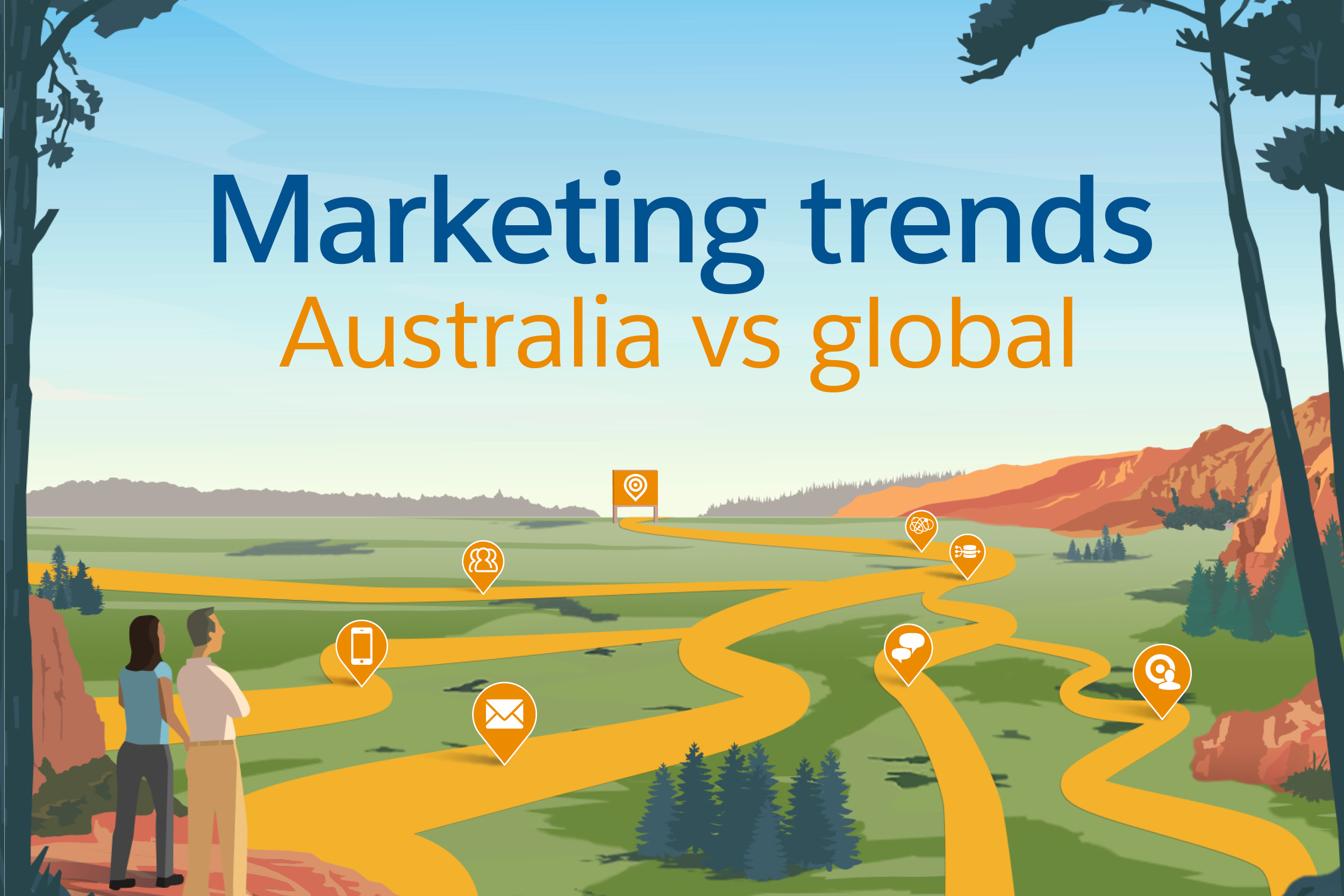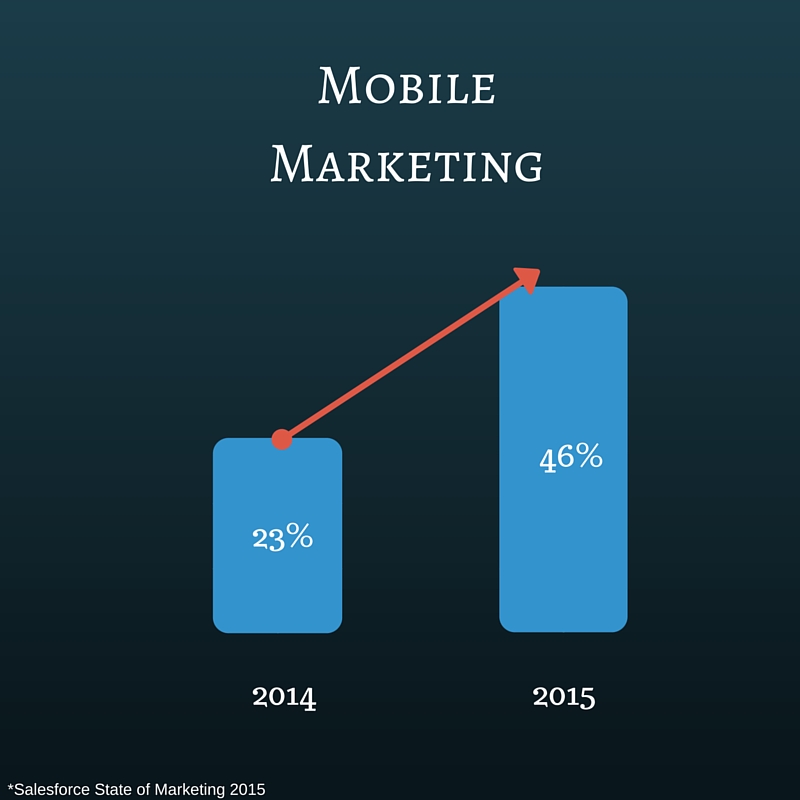
Get your FREE 30-day trial.
Start by selecting a product:
Targeted, relevant, actionable engagement is every marketer's dream. Blurring the line between the real and virtual worlds, mobile technology brings it closer to reality. We look at why you should be adding mobility to your marketing mix and how to get the most from your spend.
Why make mobile marketing a priority?

Forty-six per cent of marketers surveyed by Salesforce now use some form of mobile marketing, including SMS, MMS, apps and location-based services, compared to 23 per cent in 2014. The key is to exploit “mobile moments”, which Forrester describes as “when someone pulls out a mobile device to get what they want in their immediate context”.
The right engagement in a mobile moment wins you sales and loyalty. The alternative is losing this opportunity to a competitor. Winning at mobility isn't just about optimising your marketing – the entire business needs to adapt, given the impact of mobile on every corner of our lives.
Latest ABS statistics report that mobile wireless now makes up half of all Australian internet connections. In its Mobile Is Not A Channel report, Forrester stressed the importance of engaging with the customer at every stage of their journey. One example is flash sales that geographically target consumers based on location, time of day and purchase history. Another might be a sleep-monitoring app that suggests relaxation therapies to users who want a better night's rest. There are more opportunities to interact with people on their mobile devices in relevant ways every day.
Furthermore, emerging technologies are shifting the mobile moment away from handheld devices. Smartwatches, headphones, lighting and a raft of other devices are joining the mobile ecosystem, opening up almost infinite possibilities for customer decision-making and purchases.
Four steps for introducing a mobile strategy:
So how do you successfully map a customer journey for your brand that reaches your customers where they are – on their mobiles? Here are the four basic steps:
1. Grow Your Mobile List
Promote mobile interaction with your brand to your loyal customers through existing channels like email, social and the web. Offer special incentives – as Harris Farm Markets did with its text-based ‘Mobile Connect’ loyalty campaign, which gives subscribers free recipe ideas and shopping lists.
2. Get to Know Your Mobile Subscribers
A good example is an app-based preference centre that collects demographic information, like postcodes, in addition to alert preferences. Be transparent about why you need this data, and make sure you collect a unique attribute that identifies the customer across multiple different channels.
3. Meet Customers in the Mobile Moment
This is about using your cross-channel data to give your on-the-go customers the information they want, when they want it. Giving your customers the ability to do something easily on their mobile that they couldn’t do previously, like signing up for one of your add-on services, is incredibly powerful. Mobile service provider amaysim achieves this by letting its customers switch between mobile plans by simply sending a text. To learn more about how businesses, including amaysim, have successfully integrated mobile marketing into their marketing strategy join us in our Small Screen, Big Impact webinar on October 14, 12pm with guest speaker Hayden Ruawai, head of customer marketing at amaysim.
4. Build a 1:1 Customer Journey
Once you've proven your value to customers, the next step is personalisation. Let’s face it, our phones are personal! When you are marketing to people on their personal devices, don’t underestimate the need to personalize your interaction with them. AMP's approach was to extend its multichannel customer engagement model to include SMS – adding a ‘yes’ or ‘no’ answer as a trigger for a 1:1 personalised relationship. 70 per cent of marketers now consider mobile marketing a critical enabler of their products and services. Mobile marketing is not a phase, it’s an evolution of business communication.